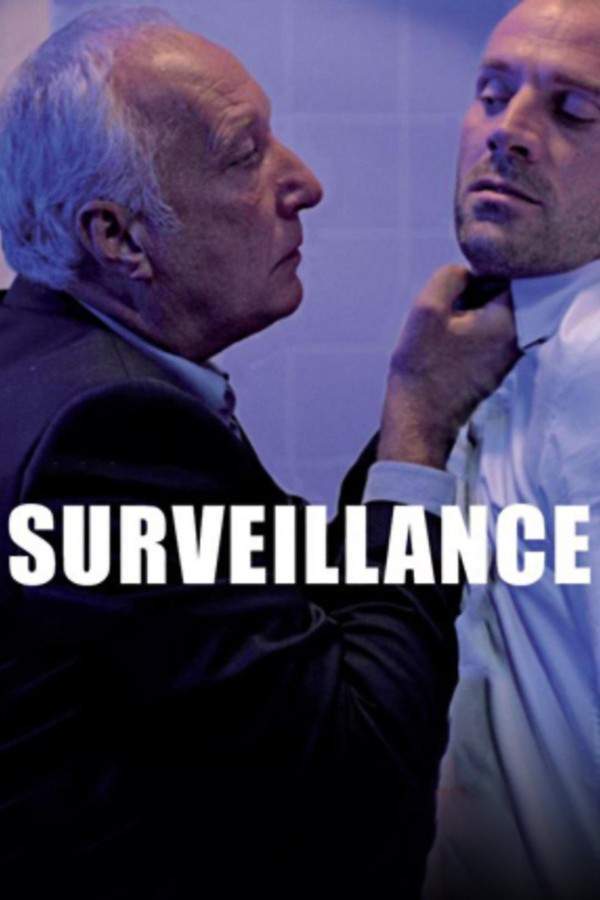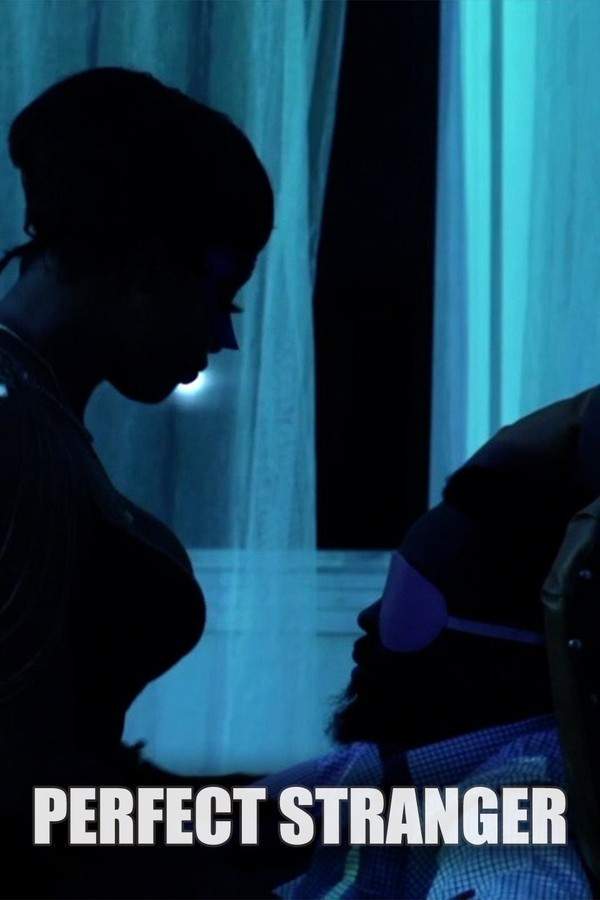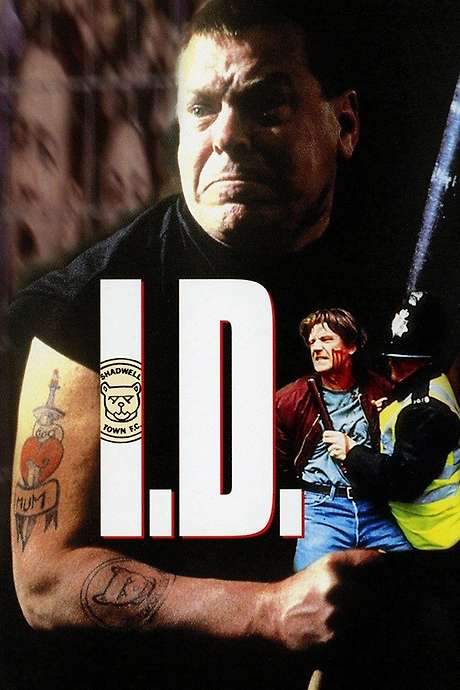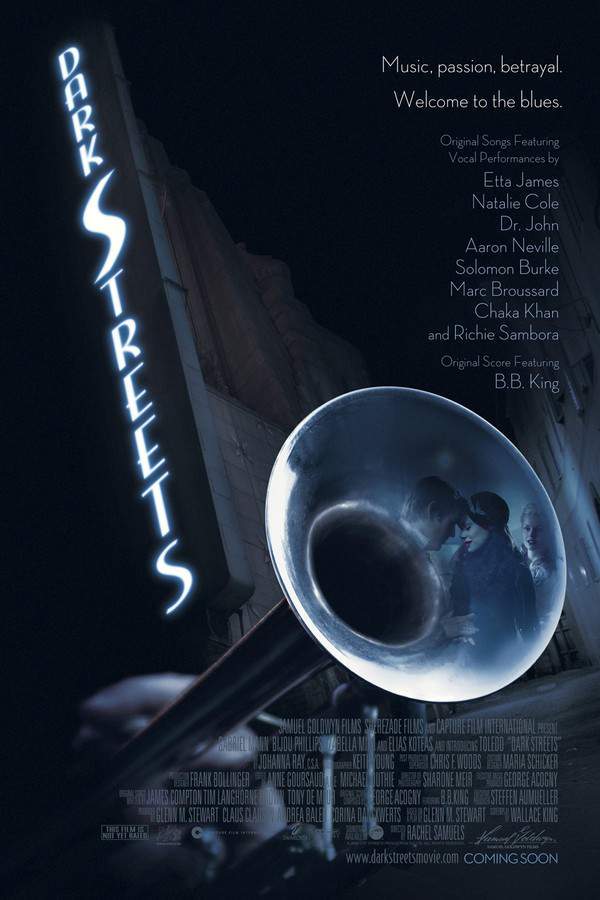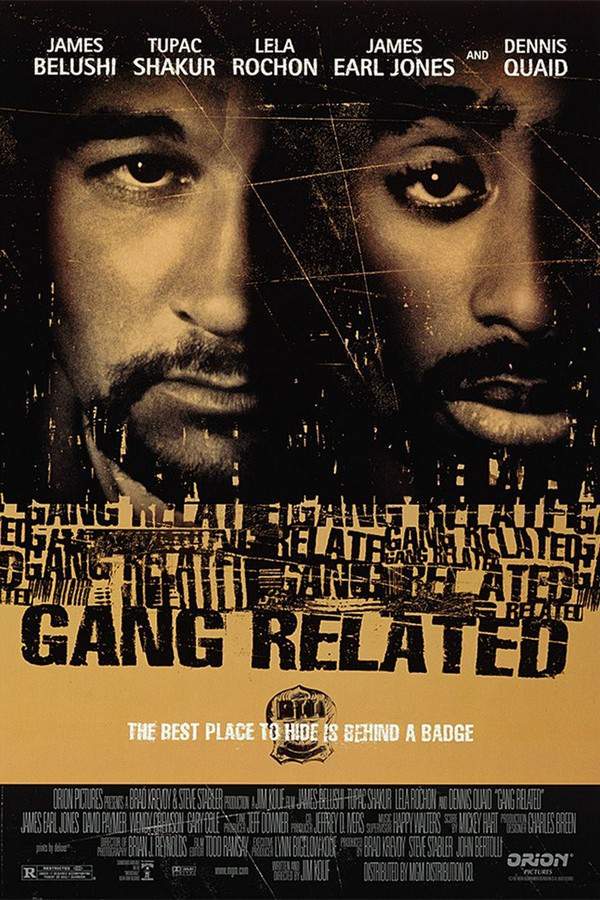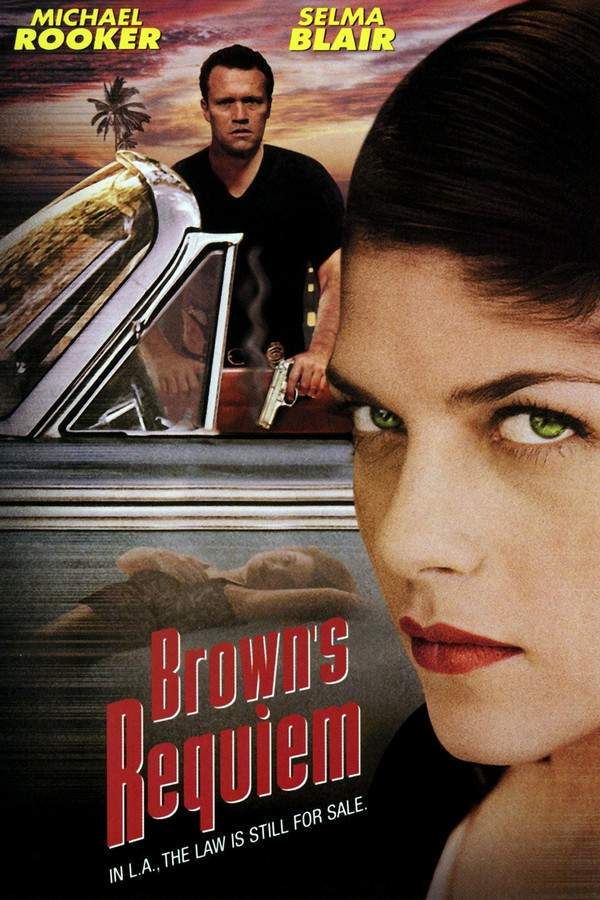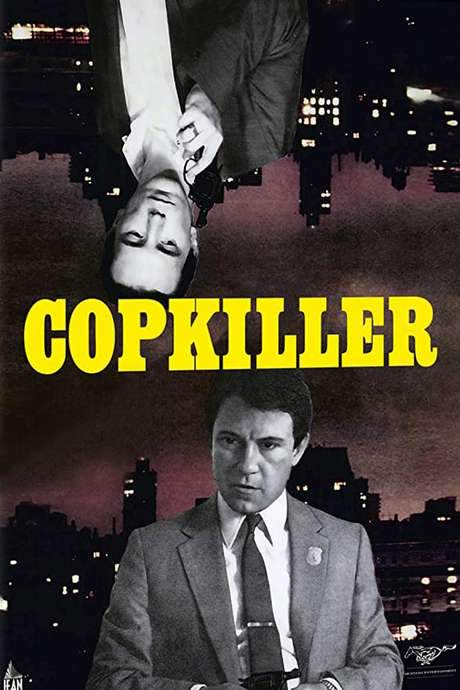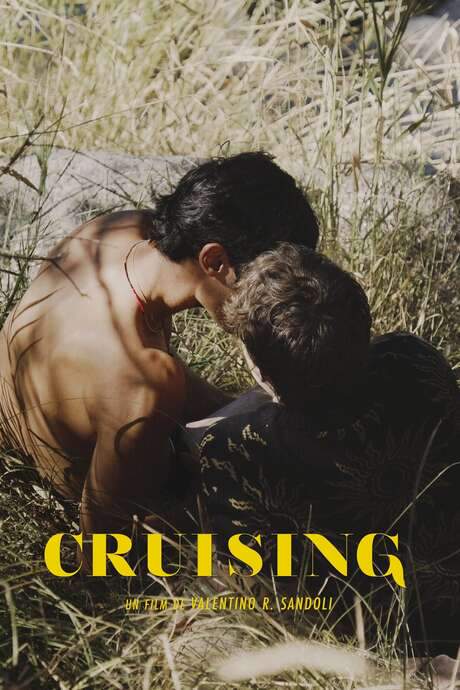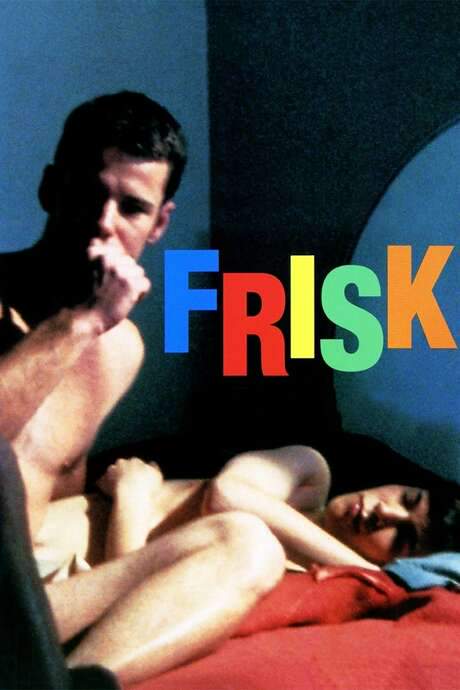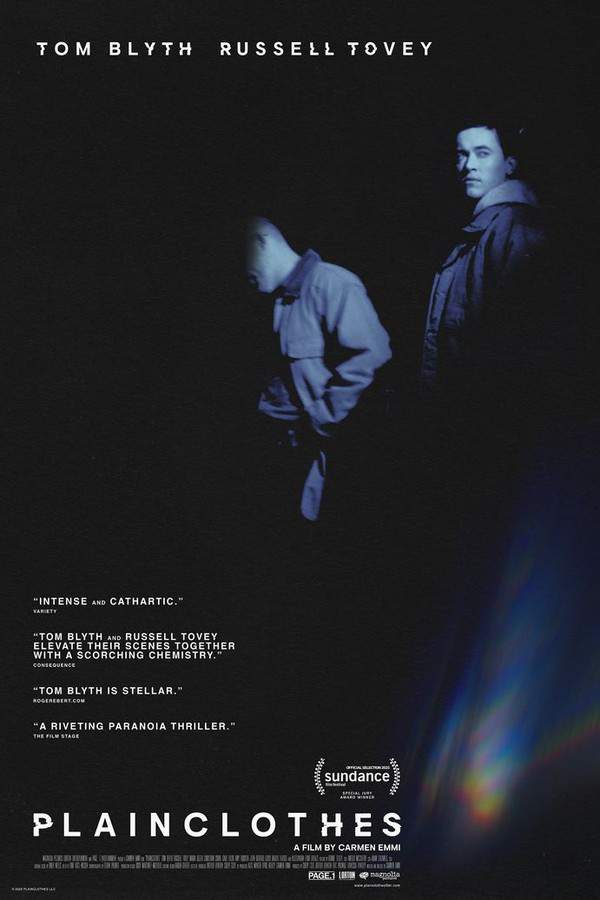
Cruising
Year: 1980
Runtime: 102 min
Language: English
Director: William Friedkin
A sadistic killer terrorizes New York City's gay clubs, systematically targeting victims. Detective Steve Burns must go undercover to investigate, immersing himself in the city’s vibrant nightlife. As he delves deeper into the case, the lines between his role as an officer and the world he’s infiltrating become blurred, forcing him to confront his own beliefs and sense of self while pursuing a dangerous predator.
Warning: spoilers below!
Haven’t seen Cruising yet? This summary contains major spoilers. Bookmark the page, watch the movie, and come back for the full breakdown. If you're ready, scroll on and relive the story!
Cruising (1980) – Full Plot Summary & Ending Explained
Read the complete plot breakdown of Cruising (1980), including all key story events, major twists, and the ending explained in detail. Discover what really happened—and what it all means.
A gruesome discovery sets the tone for a chilling investigation when a severed human arm is found floating in the Hudson River. Detective Lefransky, portrayed by Randy Jurgensen of the New York Police Department, promptly commands forensic scientist Dr. Rifkin, played by Barton Heyman, to connect this dismembered limb to a torso that had been uncovered prior.
Later that evening, in a bustling gay neighborhood in Manhattan, patrolman DiSimone, portrayed by Joe Spinell, alongside his partner, Desher, engages in a disturbing encounter when they forcibly detain two transvestite prostitutes, subjecting them to sexual harassment while they are bound in their police car. Nearby, a mysterious man characterized by his sunglasses and a sinister black leather jacket steps into a gay nightclub buzzing with men dancing, loving, and indulging in public displays of sadomasochism. In an unsettling turn, a patron named Loren Lukas approaches this man, and after some interaction, they retreat to a room at the St. James Hotel. There, under the cover of a dark and unsettling atmosphere, the man ties Lukas’s hands and feet, and eerily sings, “I’m here, you’re here, we’re here,” before committing a heinous act of murder, poignantly asserting, “you made me do that.”
In the sterile environment of the forensics lab, Dr. Rifkin examines Lukas’s lifeless body and astounds Captain Edelson, played by Paul Sorvino, with grim news about the killer’s DNA redundancy—an indication of sterility due to the absence of sperm in the found ejaculate. As the investigation unfolds, they question DaVinci, a transvestite played by Gene Davis, who reveals the traumatic truth of being coerced into a sexual act by the aggressive patrolman DiSimone. Despite DaVinci’s harrowing tale, Edelson displays skepticism, fueling a tension that lingers over the inquiry.
The plot thickens as Steve Burns, enacted by the remarkable Al Pacino, a youthful and ambitious officer, enters the scene. He is ordered by Captain Edelson to go undercover, posing as a homosexual to delve deeper into the murders of Lukas and a renowned gay college professor, Paul Vincent. As he reports to Edelson’s office, he initiates the important brief about these vengeful killings, pushing himself into a covert operation that leads to unforeseen dangers.
In a deeply personal moment, Steve confesses to his girlfriend, Nancy, played by Karen Allen, that he has to undertake this potentially perilous assignment that will inevitably distance him from her, referring to it as his “deep undercover” work. During his infiltration into a polarized society, he adopts the alias “John Forbes” and mingles among the community, hitting the streets of the West Village where he befriends a neighbor, Ted Bailey, portrayed by Don Scardino. Their innocent lunch talk quickly leads into the chilling underbelly of the neighborhood’s dark happenings.
As the depths of the investigation reveal more sinister encounters, Steve witnesses the gruesome aftermath as the killer finds another victim, Eric Rossman, in a park and brutally takes his life, taunting him with songs echoing his earlier crimes. After a series of events that tug at his emotional stability while concurrently testing his dedication to the case, Steve experiences troubling dreams and a troubling disconnection from Nancy. They share moments of passion even as Steve wrestles the ghosts of his undercover life.
A tense series of criminal events follows—the fashion designer Martino Perry, who meets a gruesome fate, underlining the urgency for the police to resolve these murders before an important political event. Steve’s constant plunge into the nightlife and sordid activities leads him to discover connections between the victims and potential suspects. At the home of the killer, Stuart Richards, tensions escalate as Steve’s stakeout threatens to flicker into violence, culminating in an arrest made under the guise of deception.
With dark motivations and a descent into madness revealed, Stuart Richards’s reveal as the killer adds layers to the chilling narrative. The unsettling finale weaves Steve back into a world he sought to leave behind when he decides to return to Nancy, who unknowingly picks up his sinister artifacts associated with the killer—a twist that leaves viewers unsettlingly aware of the overlap between his life and that of the murderer.
In the tense confrontation between Steve and Richards, the door closes on a story that reflects on the complexities of identity, the brutality hidden beneath societal norms, and a haunting reminder that some masks are harder to remove than others.
Last Updated: January 18, 2025 at 14:36
Explore Movie Threads
Discover curated groups of movies connected by mood, themes, and story style. Browse collections built around emotion, atmosphere, and narrative focus to easily find films that match what you feel like watching right now.
Undercover identity thrillers like Cruising
Investigation thrillers where the detective's own identity begins to fracture.Find movies like Cruising where undercover agents lose themselves in their roles. If you liked the psychological unraveling and blurred identity in Cruising, you'll appreciate these tense thrillers about the personal cost of deep cover investigations.
Narrative Summary
These narratives follow a protagonist who must infiltrate a closed, often dangerous, community. As they live their cover, their original sense of self is challenged and corrupted by the environment, leading to a crisis of identity that is as central to the plot as the external investigation itself. The ending often feels ambiguous, questioning whether the protagonist has truly returned.
Why These Movies?
Movies in this thread share a focus on the psychological corrosion of undercover work. They combine the tension of a crime thriller with the heavy emotional weight of a character study, resulting in a dark, unsettling, and thought-provoking experience centered on the fragility of the self.
Gritty subculture mysteries like Cruising
Dark crime stories that plunge into the heart of a marginalized urban world.Discover movies similar to Cruising that dive deep into the dark side of a city's subculture. If you were fascinated by the immersive and unsettling portrayal of underground nightlife in Cruising, these crime dramas offer similarly gritty and atmospheric journeys.
Narrative Summary
The story unfolds within a distinct, often claustrophobic urban milieu. A detective or outsider enters this world to solve a crime, but the investigation becomes a critique of societal prejudices and power structures. The narrative is as much about understanding the subculture as it is about solving the mystery, often leading to an ambiguous or bleak conclusion.
Why These Movies?
These films are grouped by their intense, atmospheric focus on a specific urban environment and its inhabitants. They share a dark tone, high intensity, and a heavy emotional weight derived from exploring themes of alienation, police corruption, and societal marginalization, creating a consistently foreboding and anxious mood.
Unlock the Full Story of Cruising
Don't stop at just watching — explore Cruising in full detail. From the complete plot summary and scene-by-scene timeline to character breakdowns, thematic analysis, and a deep dive into the ending — every page helps you truly understand what Cruising is all about. Plus, discover what's next after the movie.
Cruising Timeline
Track the full timeline of Cruising with every major event arranged chronologically. Perfect for decoding non-linear storytelling, flashbacks, or parallel narratives with a clear scene-by-scene breakdown.

Characters, Settings & Themes in Cruising
Discover the characters, locations, and core themes that shape Cruising. Get insights into symbolic elements, setting significance, and deeper narrative meaning — ideal for thematic analysis and movie breakdowns.

Cruising Spoiler-Free Summary
Get a quick, spoiler-free overview of Cruising that covers the main plot points and key details without revealing any major twists or spoilers. Perfect for those who want to know what to expect before diving in.

More About Cruising
Visit What's After the Movie to explore more about Cruising: box office results, cast and crew info, production details, post-credit scenes, and external links — all in one place for movie fans and researchers.

Similar Movies to Cruising
Discover movies like Cruising that share similar genres, themes, and storytelling elements. Whether you’re drawn to the atmosphere, character arcs, or plot structure, these curated recommendations will help you explore more films you’ll love.
Explore More About Movie Cruising
Cruising (1980) Scene-by-Scene Movie Timeline
Cruising (1980) Movie Characters, Themes & Settings
Cruising (1980) Spoiler-Free Summary & Key Flow
Movies Like Cruising – Similar Titles You’ll Enjoy
Les amants criminels (2000) Detailed Story Recap
Crash (1997) Full Movie Breakdown
Boulevard (2015) Full Summary & Key Details
Crave (2013) Movie Recap & Themes
Hate Crime (2006) Full Summary & Key Details
Open Cam (2005) Complete Plot Breakdown
Cruising Bar (1989) Spoiler-Packed Plot Recap
Copkiller (1983) Ending Explained & Film Insights
Cruising 2020 (2020) Spoiler-Packed Plot Recap
Cruising (2020) Movie Recap & Themes
The Detective (1968) Film Overview & Timeline
Pornography: A Thriller (2009) Detailed Story Recap
Frisk (1995) Full Movie Breakdown
Burning Days (2022) Plot Summary & Ending Explained
Plainclothes (2025) Film Overview & Timeline



